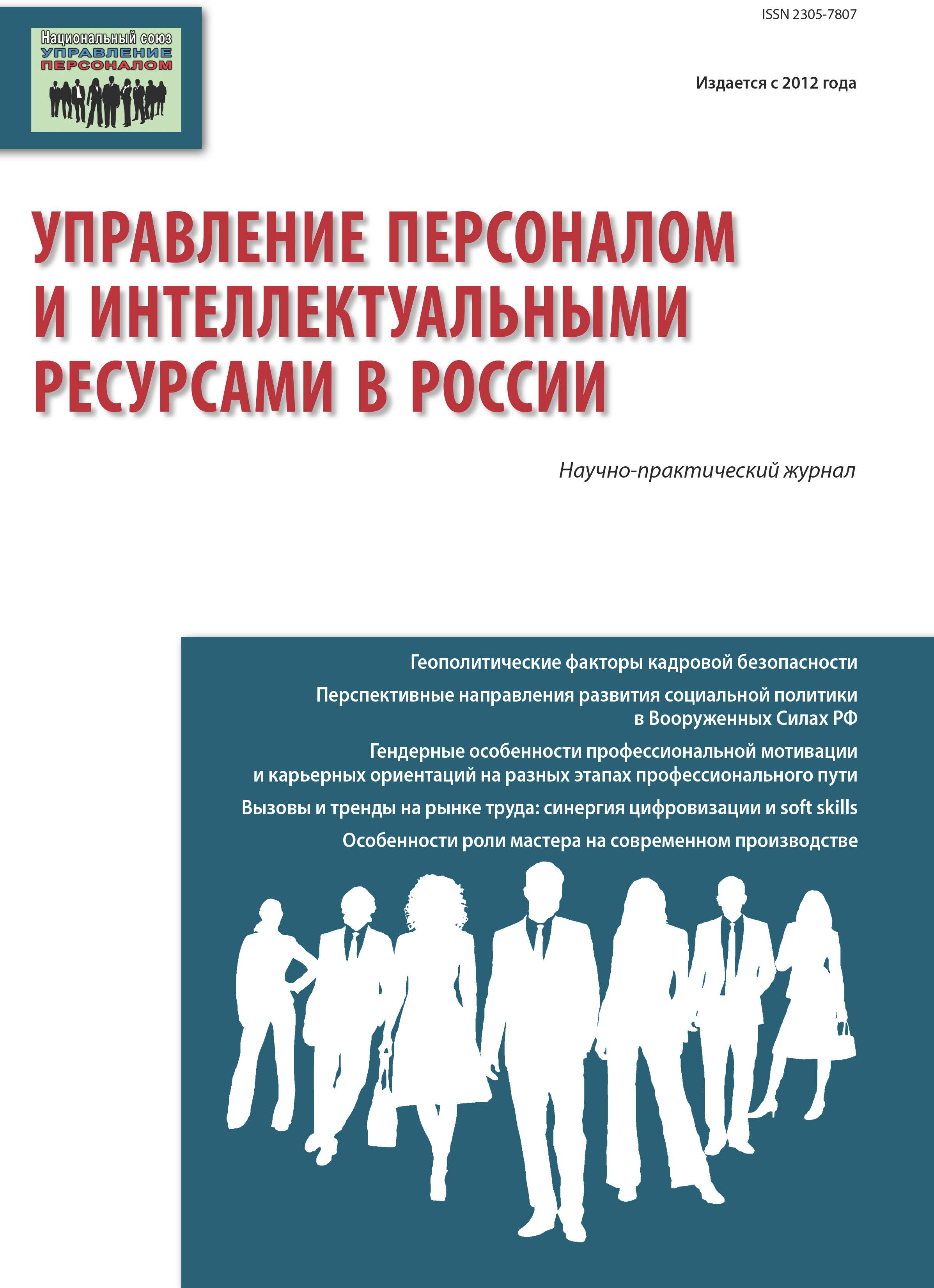Voronezh, Voronezh, Russian Federation
Workplace Health Promotion at enterprise in the market economy environment is filled with the new content. In Western countries practice it is formed under the motto “healthy people in healthy organization” and often realized through “health circles”. Being developed in Germany, they allow the employer to guarantee employees their safety, occupational health and health promotion at workplace. The article provides the analysis of health circles productivity factors received the names according to the place-name of their primary use cities at enterprises — correspondingly, Berlin and Dusseldorf. The Berlin model feature consists in the fact that in the circles, as a rule, there are workers of similar positions. In Dusseldorf model — besides the non-uniform participants from employed at enterprise in addition external experts are invited.
workplace health promotion, success factors in protection and promotion of health, health circles, the Berlin health circles model, the Dusseldorf health circles model, health circles productivity factors.
Переход от «классической» модели охраны труда к укреплению здоровья на рабочем месте. Мировой рынок труда продолжает трансформироваться вслед за новыми тенденциями, унаследованными от прошлого века и определенными новым.
1. Badura B. Einleitung, in: Bertelsmann Stiftung, Hans Böckler Stiftung (Hrsg.): Erfolgreich durch Gesundheitsmanagement, Gütersloh 2000, pp. 21-36.
2. Bertelsmann Service Group: Partnerschaftliche Unternehmenskultur - Kernelement einer gesunden Organisation (II), in: Bertelsmann Stiftung, Hans Böckler Stiftung (Hrsg.): Erfolgreich durch Gesundheitsmanagement, Gütersloh 2000, pp. 87-100.
3. CONCIL DIRECTIVE on the introduction of measures to encourage improvements in the safety and health of workers at work (89/391/EEC). Available at: http://eur-lex.europa.eu/ legal-content/EN/ALL/?uri=CELEX%3A31989L0391 (Accessed 5 January 2018).
4. Decision No 1786/2002/EC of the European Parliament and of the Council of 23 September 2002 adopting a programme of Community action in the field of public health (2003-2008). OJ No L 271, 09.10.2002.
5. Decision No 1350/2007/EC of the European Parliament and of the Council of 23 October 2007 establishing a second programme of Community action in the field of health (2008-13). OJ No L 301/3, 20.11.2007.
6. Deutsche Telekom AG: Strukturwandel durch Gesundheitsmanagement mitgestalten (I), in: Bertelsmann Stiftung, Hans Böckler Stiftung (Hrsg.): Erfolgreich durch Gesundheitsmanagement, Gütersloh 2000, S. 101-118.
7. Elke, G.: Sicherheits- und Gesundheitskultur, in: Zimolong, B. (Hrsg.): Management des Arbeits- und Gesundheitsschutzes. Die erfolgreichen Strategien der Unternehmen, Wiesbaden 2001, S. 171-200.
8. ISO 45001 - Occupational health and safety management systems, the published January 2016 Draft. Available at: https:// www.iso.org/iso-45001-occupational-health-and-safety.html (Accessed 18 September 2017).
9. Kastner M.; Kipfmüller K.; Quaas W.; Sonntag K.; Wieland R. (Hrsg.) Gesundheit und Sicherheit in Arbeits- und Organisationsformen der Zukunft. Ergebnisbericht des Projektes gesina, Bremerhaven 2001.
10. Lenhardt U. Betriebliche Gesundheitsförderung durch Krankenkassen - Rahmenbedingungen - Angebotsstrategien - Umsetzung, Berlin 1999.
11. Luxembourg Declaration on Workplace Health Promotion in the European Union, Version of January 2007. Available at: http://www.enwhp.org/fileadmin/rs-dokumente/dateien/Luxembourg_Declaration.pdf (Accessed 20.09.2017)
12. Regulation (EU) No 282/2014 of the European Parliament and of the Council of 11 March 2014 on the establishment of a third Programme for the Union’s action in the field of health (2014-2020) and repealing Decision No 1350/2007/EC. OJ No L 86/1, 21.03.2014
13. Priester K.: Betriebliche Gesundheitsförderung, Frankfurt am Main 1998
14. Rosenbrock R.: Betriebliche Gesundheitspolitik und Organisationsentwicklung, in: Pelikan, J.; Demmer, H.; Hurrelmann, K. (Hrsg.): Gesundheitsförderung durch Organisationsentwicklung. Konzepte Strategien und Projekte für Betriebe, Krankenhäuser und Schulen, Weinheim 1993 (b), S. 123-140.
15. Schröer, Alfons; Sochert, Reinhold, 1997: Gesundheitszirkel im Betrieb - Modelle und praktische Durchführung. Sozialwissenschaften und Berufspraxis. - Stuttgart - Vol. 23.2000, 2, p. 189-191. eJournal. Available at: https://www.econbiz.de/Record/schröer-alfons-sochert-reinhold-1997-gesundheitszirkel-im-betrieb-modelle-und-praktische-durchführungmann-bernhard/10007816919 (Accessed 20.09.2017)
16. Stadtverwaltung Detmold: Strukturwandel durch Gesundheitsmanagement mitgestalten (II), in: Bertelsmann Stiftung, Hans-Böckler-Stiftung (Hrsg.): Erfolgreich durch Gesundheitsmanagement, Gütersloh 2000, S. 119-139.
17. The workplace: A priority setting for health. Available at:: http://www.who.int/occupational_health/topics/workplace/en/# (Accessed 12 October 2017).
18. Wilken U.J. Transparenzstudie Gesundheitsmanagement. Available at: https://www.boeckler.de/pdf/fof_020122transparenz studie_gesundheitsmanagement.pdf (Accessed 6 September 2017).
19. Zimolong B. (Hrsg.): Management des Arbeits- und Gesundheitsschutzes. Die erfolgreichen Strategien der Unternehmen, Wiesbaden 2001.






